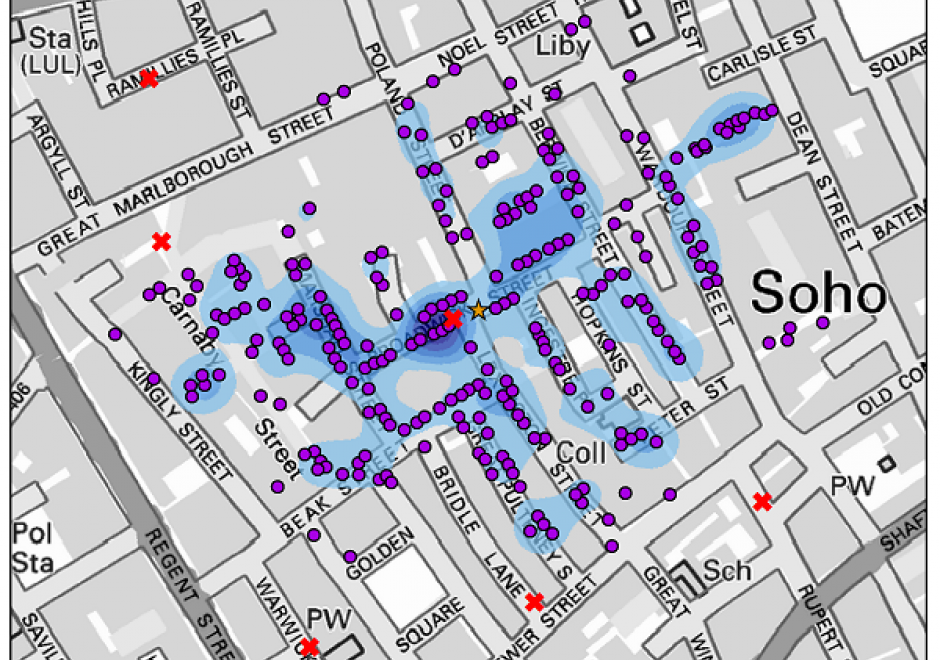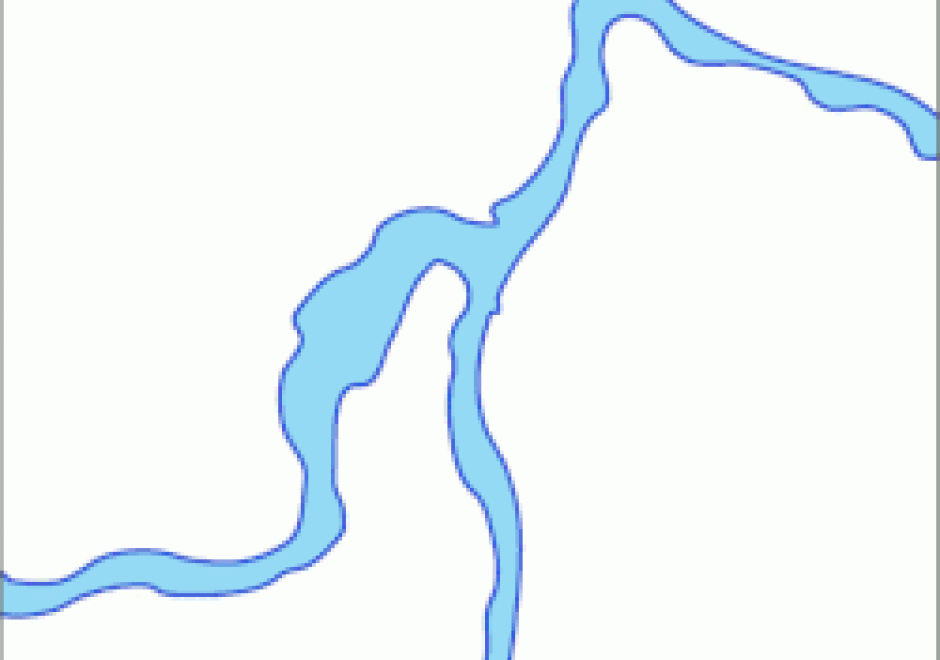FC-04 - Perception and Cognitive Processing of Geographic Phenomena: a Choropleth Map Case Study

The near ubiquity of maps has created a population the is well adept at reading and understanding maps. But, while maps are familiar, understanding how the human brain processes that information is less known. Discussing the processing of geographic phenomena could take different avenues: specific geospatial thinking skills, general perception and cognition processes, or even different parts of the human brain that are invoked when thinking geographically. This entry focuses on tracing the processing of geographic phenomena using a choropleth map case study, beginning from perception — the moment the phenomena enter the human brain via our senses, to cognition — how meaning and understanding are generated.









AM-38 - Pattern Recognition and Matching
People recognize and characterize patterns to understand the world. Spatial data exhibit distinctive characteristics that render most aspatial recognition and matching methods unsuitable or inefficient. In past decades, a plethora of methods have been developed for spatial pattern recognition and matching to account for these spatial characteristics. This entry first focuses on the methods of spatial pattern recognition, including an overview of the basic concepts and common types. Methods for spatial pattern matching are then introduced. An example scenario of the distribution of tree species in the Arbuckle Mountains of south-central Oklahoma illustrates covered concepts. The entry concludes with brief remarks on continuing challenges and future directions in spatial pattern recognition and matching in the Big Data and artificial intelligence era.